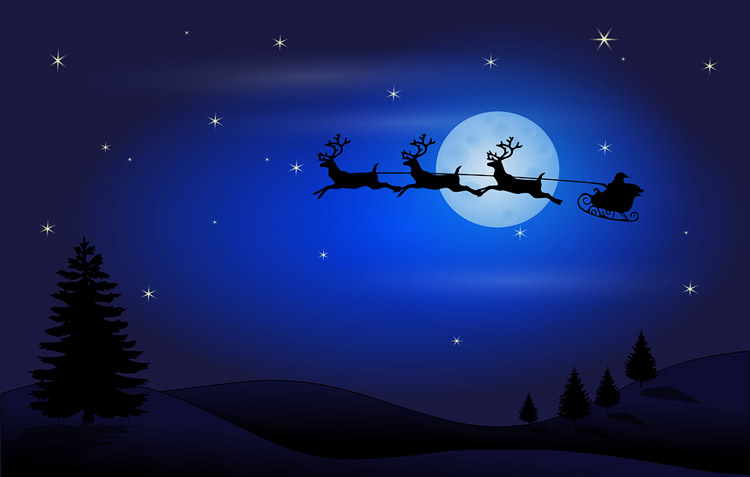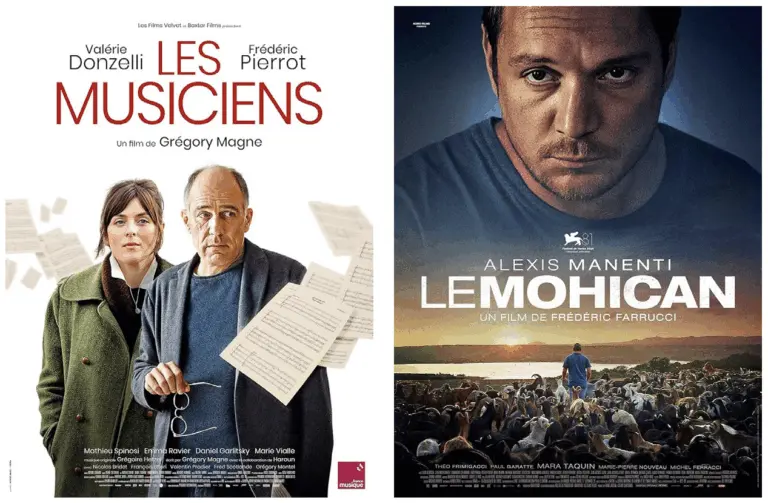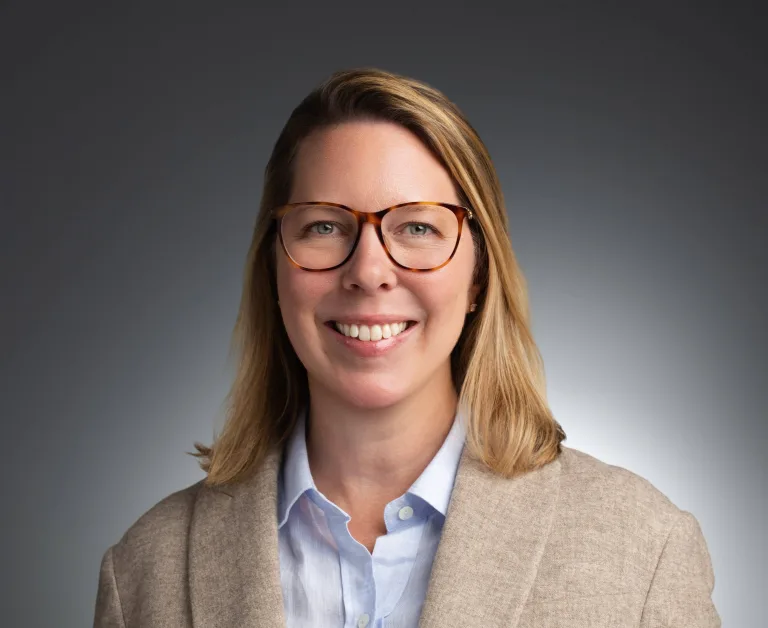The Bruce Museum is not remarkable because it is in Greenwich. It is remarkable because it reflects what Greenwich, at its best, values: knowledge, community, and the quiet discipline of civic generosity. The institution does not draw attention to itself with extravagance or spectacle. Instead, it rewards attention with clarity, coherence, and purpose.
Its history is one of local intent. Robert Moffat Bruce, who donated the original building and land in 1908, did not create a museum for prestige but for public benefit. In the century since, that founding impulse has not been diluted. It has been refined. What began as a small museum of natural history has grown—through decades of careful stewardship—into a regional cornerstone of art and science. The 2023 expansion, which tripled its exhibition space, was not a display of affluence. It was a demonstration of shared commitment.
The redesigned space — by architects at EskewDumezRipple — embodies restraint and clarity. It adds not just galleries, classrooms, and a lecture hall, but something harder to quantify: a sense of welcome. With over 100,000 annual visitors, including tens of thousands of students, the Bruce has become an extension of the town’s intellectual life, a place where education continues after school hours and beyond classroom walls.
Unlike larger institutions where visitors are hurried along by crowds or noise, the Bruce invites close looking. The art galleries, which have hosted exhibitions ranging from Edward Hopper’s works to contemporary photography, encourage contemplation rather than consumption. The science exhibitions, too, are substantive without being didactic. The longstanding “Changes in Our Land” exhibit is now joined by immersive, hands-on displays that introduce visitors— young and old — to the geological, ecological, and meteorological forces shaping our world. This dual focus on art and science is rare. It is not a compromise but a choice: a commitment to the full range of human inquiry.
The museum’s programming mirrors this balance. It offers classes in both painting and paleontology. Its lecture series spans topics from climate change to classical art. Tuesday admission remains free, a deliberate gesture toward inclusivity in a town that values access to knowledge. The Bruce’s outreach programs — particularly those that serve students from throughout Fairfield and Westchester Counties — remind us that museums, like libraries, are not luxuries but necessities in a functional republic.
To live in Greenwich is to live near the Bruce. And to live near the Bruce is to be reminded that good things do not simply persist — they are maintained. The museum’s recent reaccreditation by the American Alliance of Museums, a distinction held by fewer than 4% of American museums, speaks not to status but to standards. This is not a building where things are stored. It is a place where ideas are tested, beauty is examined, and the natural world is explained.
That such a place exists here — not in a major city, but in our town — is not the result of accident. It is the consequence of choices made over time, by individuals and families, trustees and volunteers, educators and donors. The Bruce is not someone else’s achievement. It is ours.
One walks into the museum and sees not only exhibitions, but evidence. Evidence that Greenwich residents — past and present — have believed in the value of shared intellectual and cultural life. It is a belief worth renewing.
Institutions like the Bruce do not thrive on sentiment. They thrive on participation. In supporting it — by visiting, by contributing, by sending our children through its doors — we affirm a principle as old as any in American civic life: that education is not only a private good, but a public trust.
The Bruce Museum belongs to all of us. And in this, Greenwich is fortunate—not merely in what it has, but in what it has chosen to preserve.




